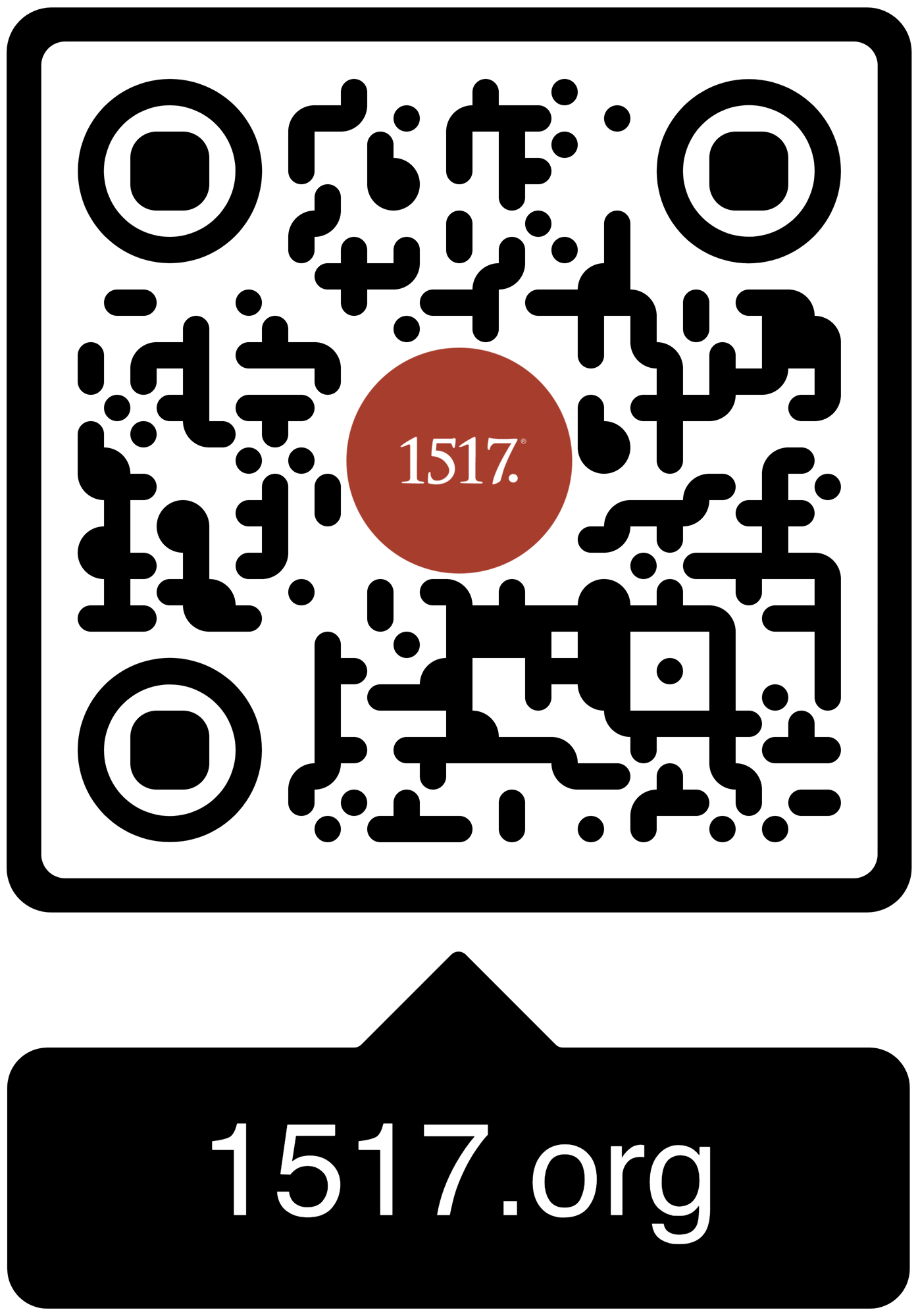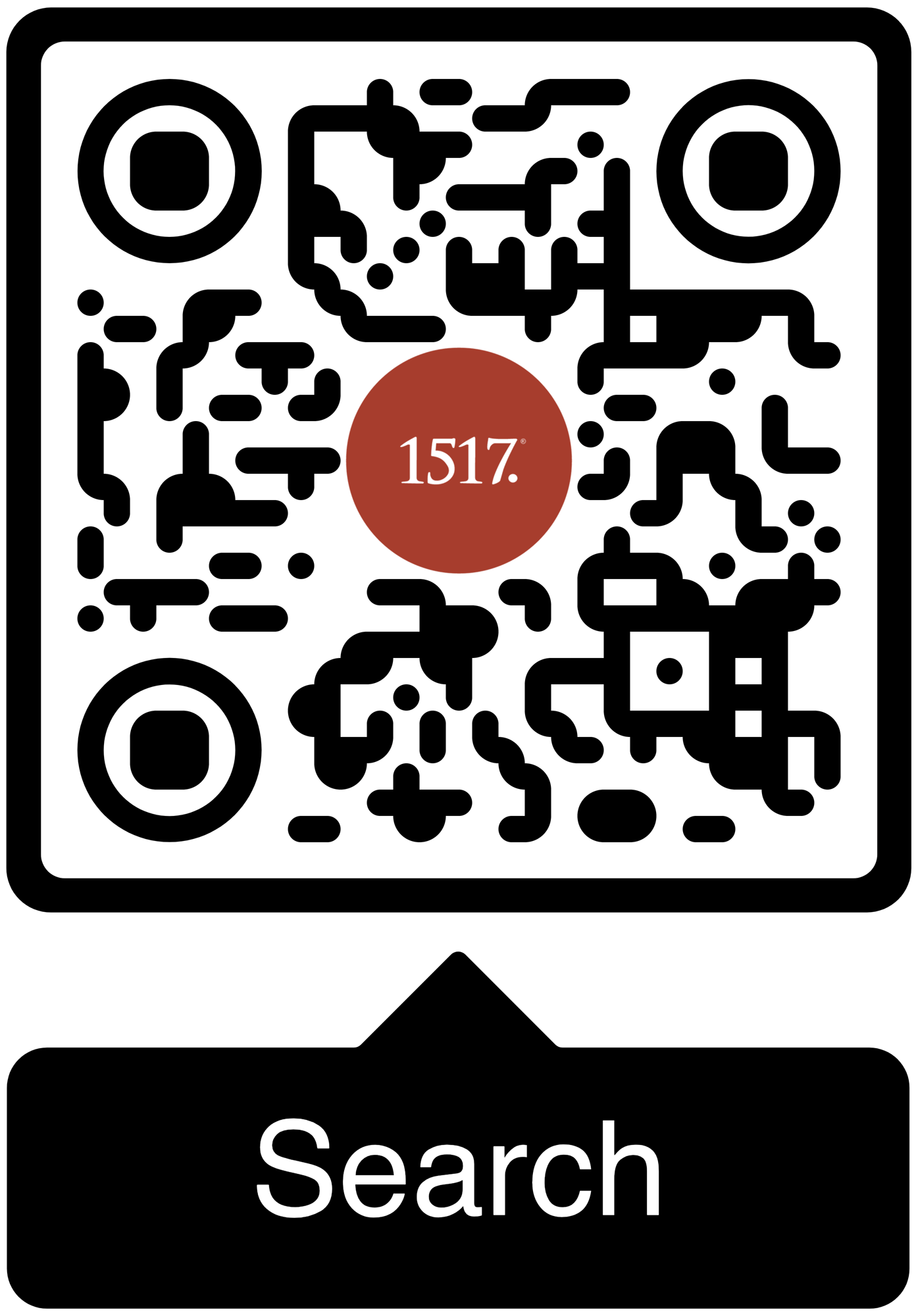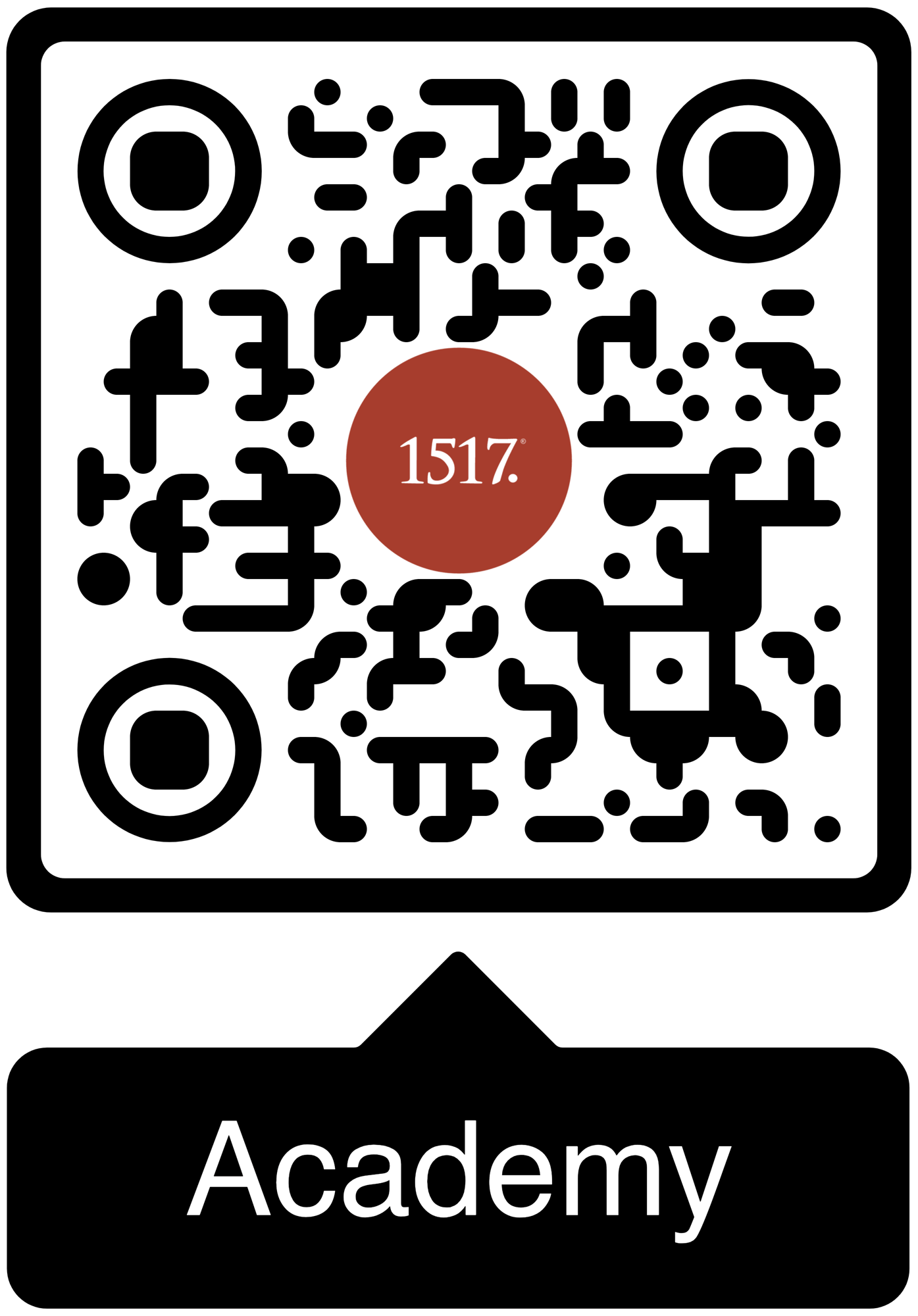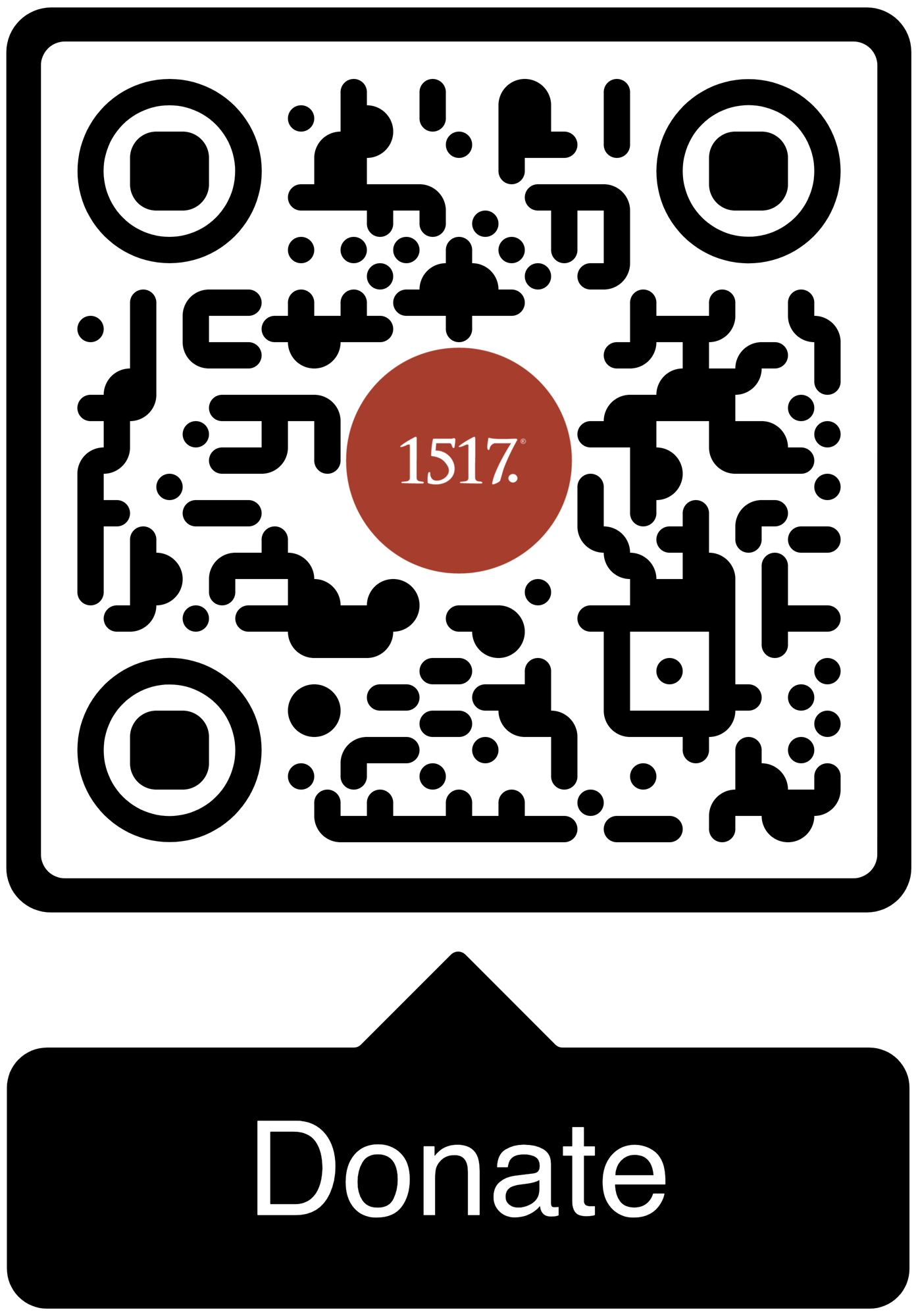It is true that the congregation may not want to think about the God Jeremiah proclaims, but we need to hear this true voice in the marketplace of ideas in the world today
We live in a day and age where there are many religious voices in the marketplace. Jeremiah helps us to find the true voice amongst so many other religious voices that at first appear correct but are dangerously false.
In our text for this Sunday, we have a firm declaration of the power and mystery of God. In verses 19-20, God speaks of His superior knowledge over all things. In verses 23-25, God is present everywhere and cannot be kept inside a box like the false prophets want. These false voices are trying to get people to forget the name of God (verse 27). Therefore, God will display His power, as it says in verses 28-29, and all will know Him rightly.
But to know God only in power is not to know Him as your savior. We need a God far off and we need a God who is near when we need saving. So, it will have to be verse 23 where we will have to make a way for us to preach the Gospel. It is not enough that we know God as sovereign, we also need to know Him as savior. The question in verse 23 is the key to developing the Gospel. The question raised is: “Am I a God at hand?” Now, this is a rhetorical question. The answer is simply, “No.” God is not just a God at hand, He is also a God “far off.” But if we were to take this question and find a “yes” (2 Corinthians 1:19) for it, we might find a way to Jesus. Think of it this way, Jesus who came from far off drew near to us in the incarnation. He drew nearer still in His earthly ministry. He stayed close to sinners and went to the cross where He paid for our sins. On that cross He stretched out His hand for those near and those far off so they can have a way back to God through His death and resurrection. So, you see, in a strange way, He is a God at hand. However, only in the hand of Jesus will we know Him as Savior and not just our Sovereign.
A nice application of this text can be found in Flannery O’Connor’s short story “Parker’s Back.”[1] In this story, O.E. Parker has absolutely nothing to do with religion. Yet, he is relentlessly pursed by what he thinks is a “something” but what it turns out to be is a God. In the end of the story, he finally surrenders to God. He acknowledges his relationship with God in a very odd way. He finds a haunting, Byzantine painting of Christ and gets is tattooed all over his back. The eyes of the hunter God on his back are the deep-set eyes of Christ. They are looking into his soul and giving him a glimpse of a God who was far off but who has now drawn near to save him in Christ. Jeremiah’s words may not be comforting, just like Parker’s God, but the only way to know God correctly is in Christ.
It is not enough that we know God as sovereign, we also need to know Him as savior.
It is true that the congregation may not want to think about the God Jeremiah proclaims, but we need to hear this true voice in the marketplace of ideas in the world today. We need to hear this confrontational voice so we can see that God rules not just over the world with power, but He also reigns over us through the peace of Christ as well.
A nice structure to craft this sermon with would be the “Text Application Structure.”
“This structure organizes the sermon on the basis of two experiences most parishioners have as they open up the Scriptures: A desire to understand what the text is speaking of in its own historical context and a desire to hear how God speaks through this text to shape the lives of his people today. With an eye toward these two experiences, the preacher shapes the sermon with a text-application structure.
This preacher divides the progression of the sermon into two portions. After an introduction that raises interest in the text or in a life situation for which the hearers desire a word from God, the first part of the sermon offers textual exposition for the hearers. The second part of the sermon applies the text to the hearers.
In the first section of the sermon, the preacher spends time with the text. As the preacher develops the text, he is careful to focus on those details that are important for later application of this text to the lives of his hearers. Often, the preacher will be identifying teachings of the faith within his exposition of the text which will be used later in application to the lives of the hearers.
In the second section of the sermon, the preacher examines God’s present work in the lives of the contemporary hearers. In doing this, he could be working with the teaching of the text, the function of the text, or the intention of the writer. Any of these approaches can yield fruitful results in terms of how this text functions among the hearers today. Sometimes, preachers may find it helpful to move sequentially through the four types of discourse in the tapestry of preaching as they move from text to application: Textual exposition, theological confession that names a teaching in the text, evangelical proclamation that centers the teaching in Christ for us, and hearer interpretation that names our lives in relation to the teaching.
The biggest challenges in this sermon structure are finding an appropriate balance between textual exposition and hearer application (for example, avoiding a sermon that is long on textual study and short on application) and maintaining hearer attention during a prolonged section of textual study or application.”[2]
------
Additional Resources:
Craft of Preaching-Check out out 1517’s resources on Jeremiah 23:16-29.
Concordia Theology-Various helps from Concordia Seminary in St. Louis, MO to assist you in preaching Jeremiah 23:16-29.
Lectionary Kick-Start-Check out this fantastic podcast from Craft of Preaching authors Peter Nafzger and David Schmitt as they dig into the texts for this Sunday!
The Pastor’s Workshop-Check out all the great preaching resources from our friends at the Pastor’s Workshop!
----
[1] Flannery O’Connor. “Parker’s Back,” in God: Stories, ed. C. Michael Curtis. New York: Houghton Mifflin, 1998. 167-85.
[2] https://concordiatheology.org/sermon-structs/textual/text-application/





